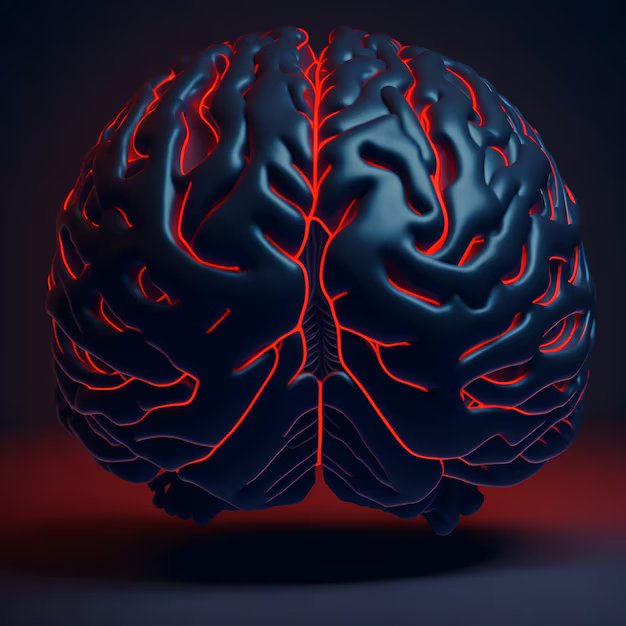Co-occurring
patterns of ictal epileptiform patterns can provide important insights into the
nature of seizures and their electrographic characteristics.
1.
Generalized-Onset Motor Seizures:
o Ictal patterns during
generalized-onset motor seizures often include various artifacts, particularly
muscle and movement artifacts. These artifacts can complicate the
interpretation of the EEG.
2.
Interictal Epileptiform
Discharges (IEDs):
o Generalized interictal
epileptiform discharges (IEDs) are commonly present at other times in the EEG.
Their presence can help differentiate between ictal and non-ictal activity, as
they may appear alongside ictal patterns.
3.
Postictal Changes:
o
After an ictal event, postictal
slowing or attenuation may occur. These features can sometimes help
differentiate an ictal pattern from artifacts, although they are not entirely
reliable as distinguishing features.
4.
Absence Seizures:
o In the context of absence
seizures, there are typically no changes to the background activity following
the seizure. This lack of postictal change is a distinguishing feature when
considering co-occurring patterns.
5.
Focal and Generalized Patterns:
o Co-occurring patterns may include
both focal and generalized features. For instance, focal-onset seizures may
have distinct patterns that do not resemble generalized patterns, while
generalized-onset seizures may show greater similarity between their ictal and
interictal EEG patterns.
6.
Behavioral Changes:
o Ictal patterns are almost always
accompanied by behavioral changes when they last more than a few seconds. This
behavioral change is a critical aspect of identifying seizures and
understanding their clinical significance.
7.
Artifacts:
o The presence of artifacts, such
as those from muscle activity, can complicate the interpretation of ictal
patterns. Differentiating between true ictal activity and artifacts is
essential for accurate diagnosis.
In
summary, co-occurring patterns with ictal epileptiform patterns can include
various artifacts, interictal discharges, postictal changes, and different
seizure types. Understanding these co-occurring patterns is crucial for
accurate EEG interpretation and for distinguishing between ictal and non-ictal
activity.


Comments
Post a Comment